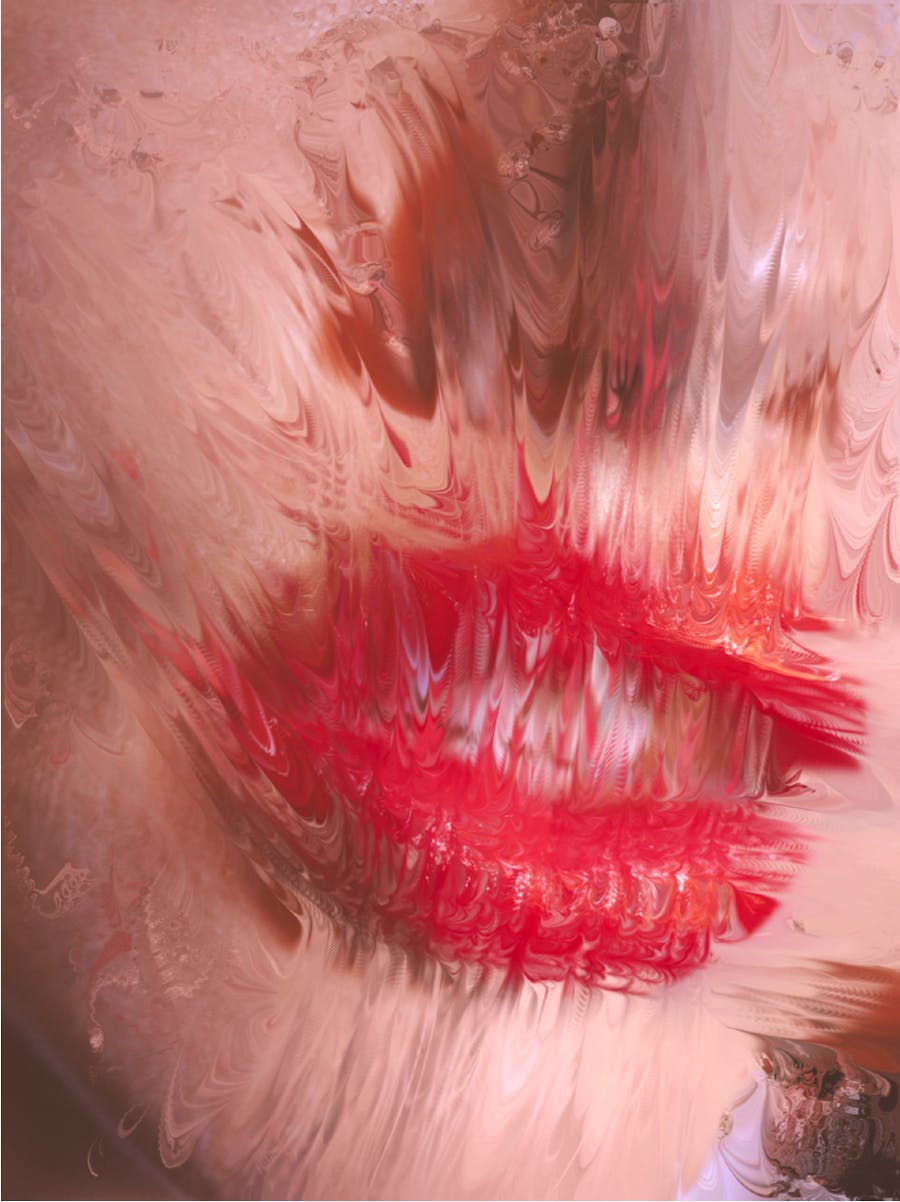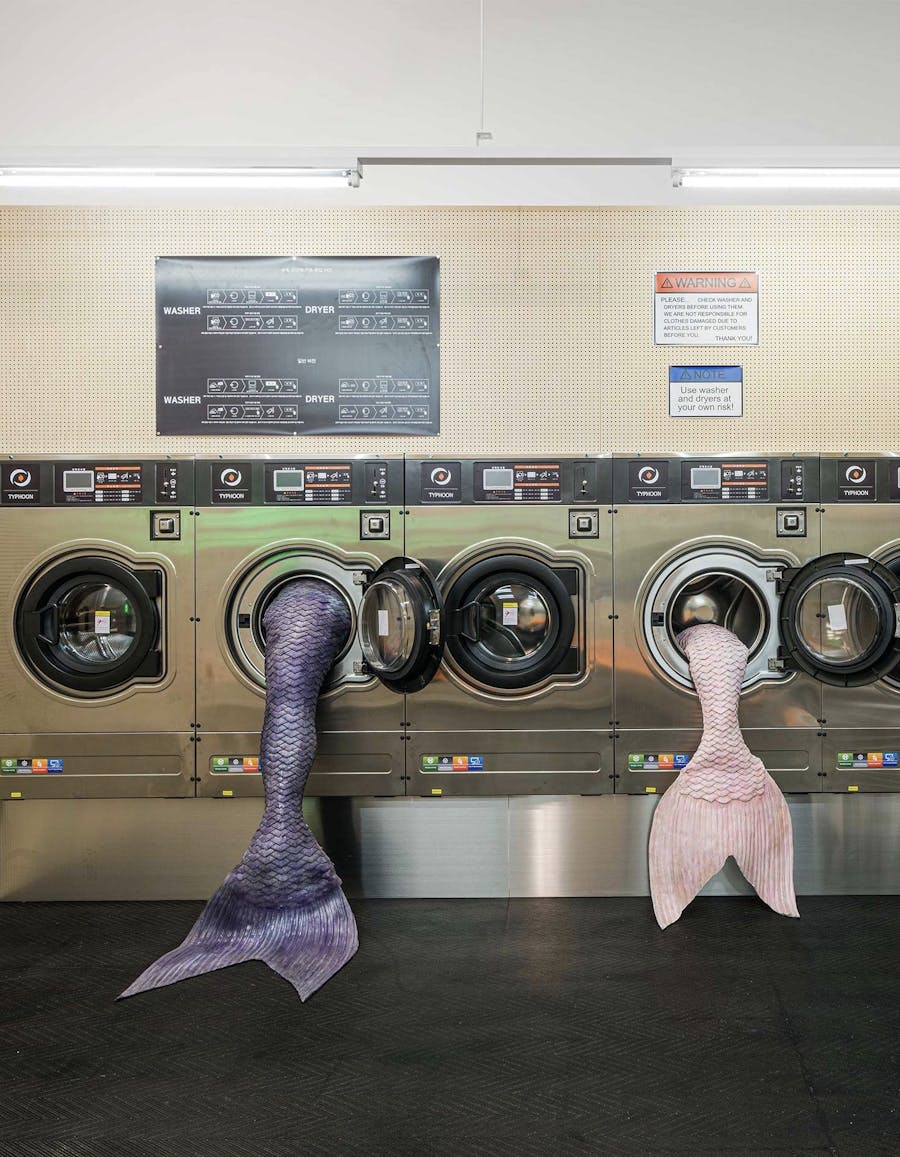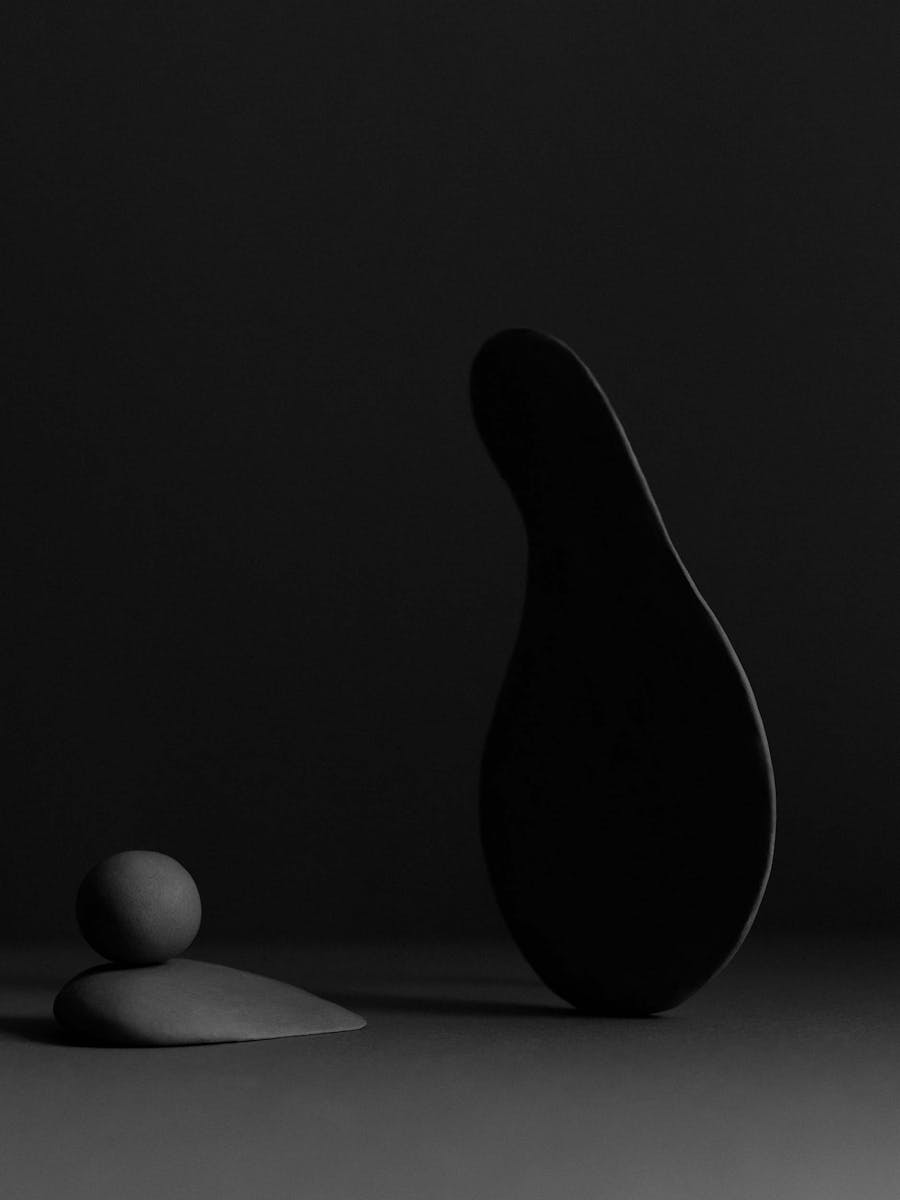Building always implies a desire to last; it is a way of defying and setting up ramparts against time. As it is with the work of the architect, or with any human production solid and substantial enough to hope to resist the actions of the seasons and the elements, to be able to crumble without completely collapsing. As it also is with social institutions and intellectual traditions, enduring the winds of change through the centuries. Materially and symbolically we take shelter behind what we have built, shelter against the passage of time, which means not just instability, but also, more generally, disorder. The unpredictable and the nonsensical: just as the walls of tower blocks, pyramids and cathedrals protect body and soul from the chaos of the world, traditions and institutions offer enduring refuge, as well as anchoring points for memory, on the basis of which it becomes possible to organize the real and to act according to stable values. Fashion does precisely the opposite. A force for renewal, it is also, as a result, a power of destabilization. It inscribes itself in a time of innovation which is both a time of serial eruption, and a time of ritual destruction. A time in which every rebirth effects a tabula rasa, consigning the recent past to the domain of the inexistent, but also, to that of oblivion and the unthought. Thus, it never protects the bodies it covers for long, only surrounding them with fragile films, improvised shelters, temporary and unsteady, always destined to disappear too soon.
As it is with clothes themselves, so it is with fashion, and on a larger scale with certain labels which live only a few seasons or years, offering something powerful but ultimately unsustainable in the long term, or with those which enter into posterity through a series of apostasies. Even the most illustrious creative directors now inhabit the great fashion houses as if they were temporary shelters : we might think of Nicolas Ghesquière at Balenciaga, Raf Simons at Dior, Alber Elbaz at Lanvin, or Phoebe Philo at Céline who, however brilliant in their roles, remain merely one name on a long and ever-growing list, and whose movement is unstoppable. It is not what resists time that belongs to the world of fashion, but on the contrary what accompanies its movement, what yields to it and seconds it, even to the point of dissolving into it : the stuff of a volatile present. Fashion is not the cathedral in its enduring presence, but rather the storms and fires which it is called upon to resist.
Destruction – the time of the new, tragic time
⏤ If fashion destroys rather than deconstructs its recent past, that is because destruction, as a force of disorganization, returns its object to the status of the formless, the undifferentiated, and thus ultimately to nothingness – both in its totality and its detail – whereas deconstruction operates with a method. Deconstruction analyses and dissects. It dislocates the whole but in the interest of shedding light on its constituent parts and their logical relationships. Bringing to light hidden assumptions, it reveals, at the same time as it dismembers, the logic and the values implicit in a model of construction. If it can, in the last instance, seek to demystify what has come before, it nonetheless seeks to bring out new strata or new forms of meaning. We see this in Derrida’s rereading of the history of Western philosophy through a deconstruction understood as a practical critique, a way of re-interrogating conceptual polarities, and through that a model of thought based upon binaries, and which was so long established that it seemed beyond suspicion. Because we only deconstruct which we deem to have lasted too long, which was made to last, which even had pretensions to eternity. In this perspective, fashion had its deconstructive phase, as we all know, in the 1990s, in which the formal codes of the industry were challenged and completely rethought – a knowing dismantling of the old habits of fashion design, a taking apart of looks, a re-examination of shows, a dismembering of photographic codes, etc. But its general principle does not lie in that specific moment. For that principle is neither that of constructing to last, nor deconstructing to question, but rather destroying to enable rebirth. Fashion’s logic is that of the tabula rasa, and it is underpinned by an assumption that everything that comes into the world implies, as a corollary, the death of everything that came before, the disappearance of all that preceded: to a meaning which has been instituted by history, and which is held in place by a work of active preservation, it opposes the violence of a cyclical return to square one. Such a movement, unlike deconstruction, does not allow new strata of intelligibility to emerge. On the contrary, through its insistence on obliterating the past through forgetfulness, it radically endangers meaning. There is nothing left to say about what has just finished other than that it was no longer wanted. In this respect, the experience of fashion time resembles that of organic time, the cruel and ineluctable succession of the generations, instrument of the necessary orientation of every living creature towards its death.
From such a perspective, whilst generally, we tend to conceive of fashion time as an artificial time (the time of the symbolic obsolescence of objects, which is articulated in purely psycho-social terms whilst their use-value remains intact, but also currently the accelerated time of industrial production, linked to the economic imperative of perpetual growth) it appears that this time, supposedly fabricated and even inevitable, ultimately constitutes itself as a mirror, the reproduction or prolongation of the natural time of organic life, which is also the tragic time of the ineluctable. We can thus say that fashion doubles, through its propensity to destruction, the wasting action of natural time, and that to the certain decrepitude of everything that lives and dies it adds a second level of mortality: a mortality of appearance, adding its precariousness to that of the flesh. But fashion also transcends and possesses people, as life transcends living beings, perpetuating itself and reproducing itself through them; in this respect it is an image of the repetitive and turbulent cycle of generation, of the alternation of the seasons, or indeed of the tides and the phases of the moon. In La Dernière Mode, Mallarmé refers to ‘the Parisian splendour pitched against the august sun’, rivalling the natural cycles in beauty and éclat. The human effort to make the world flourish once more through clothing is linked for him to the great cyclical expenditure of the material world, becoming the symbol of the ‘solar drama’, repeating on a different, inorganic plane, above bodies, the ‘tragedy of nature’, which is ceaselessly dying. In this sense, fashion does not save the body from its destiny as a mortal animal; it duplicates this condition in a more dazzling register, serving as its sumptuous symbol.
Building to last – memorial fashions
⏤ Therefore, it is to go against the grain to produce, within fashion, forms which are built to last, or to privilege memory.
When Hedi Slimane chooses formal consistency, across many years, in all the fashion houses over which he presides, establishing one aesthetic universe and thus seeking to build to last, a suspicion as to the appropriateness of his gesture starts to germinate. Even more clearly, when Margaret Howell stubbornly unfolds, season after season, the same traditionalist excellence, we start to wonder whether we are still in the world of fashion. The resistance of such designers, who having found their place insist on staying there (barricading themselves in, some might say), certainly derogates from the temporal logic of fashion through its affective, sentimental, and fundamentally memorial character. Neither Slimane’s rock mythology nor Howell’s version of old England actually exist anymore, but these defunct worlds existed for them, in an originary time in which they found an order of representation, furnishing the keys to their aesthetic sense. Working against death, they are exhuming memories but also the possibility of perennial formal structures which they reaffirm whilst also rethinking them, putting them into play over and over, collection after collection.
The great beauty of their gesture is that they manage, through constant reinvention, to keep alive forms which have lost their original substratum, orphan forms, solitary reminiscences of a dead past. In this respect they incarnate the nostalgic attachment to one’s first aesthetic experiences that Proust talks about in the final pages of Swann’s Way, a lasting love of fashions past, even when the eras to which they belonged have disappeared. It is a love which takes the form of a quasi-religious devotion: “When a belief vanishes, there survives – more and more vigorously so as to cloak the absence of the power, now lost to us, of imparting reality to new things a fetishistic attachment to the old things which it did once animate, as if it was in them and not in ourselves that the divine spark resided, and as if our present incredulity had a contingent cause – the death of the gods.” Their faith in a primordial experience, which was their first experience of beauty, opposes the passion for the new, thus they weave the fabric of present fashion from strands of divergent temporalities, which cannot be reduced to a simply reactionary position. They remind us rather of the possibility of a fashion memory, one that is active, diligent and effective. For they do not transmit a set of forms and codes across the decades without gently reformulating and renovating them so they remain liveable. Nor indeed without introducing discontinuities, plurality, to continue to respond to the present, to talk back to it, we might even say, in order to preserve, alive and well, the legitimacy of their offerings, continuing to believe in the renewed relevance of the answers they provide. It is not just a question of a moving forward, but of keeping the tiller steady, investment in temporal margins of fashion demanding a willing effort, always in the same, precise direction, an active force of persistence, a continued maintenance.
⏤ Thus such projects within fashion do not necessarily oppose the dynamic vitality of seasonal renewal, a stagnation which would be synonymous with decline: on the contrary, they involve abundant energy and invention, a desire to continue to think the possible, all the while holding on to a history – a gesture which is not, moreover, without relevance to the current ecological emergency and the necessity in which we find ourselves of rethinking the temporal model of the industry, bringing it closer to a time of preservation and transmission. But the Proust quotation cited above also reminds us of something else, which is inherent to the idea of emotional fetishism, namely the chance nature of the first encounter: why are older forms more ‘divine’ than others, why do we prefer them and credit them not only with our faith but with the efforts of our will to preserve? Why, thrown into any given period, should we have the privilege miraculously to accede to the best? If the foundational experience is always arbitrary, the choice to return to it is not: it is motivated by a desire to seize hold of an aesthetic destiny, to embrace it and to make it one’s own, to push it to its limits better to understand its richness and its specificity, and to fathom the depths of the resources we can call our own.
Translated into English by Sara & Emma Bielecki.





